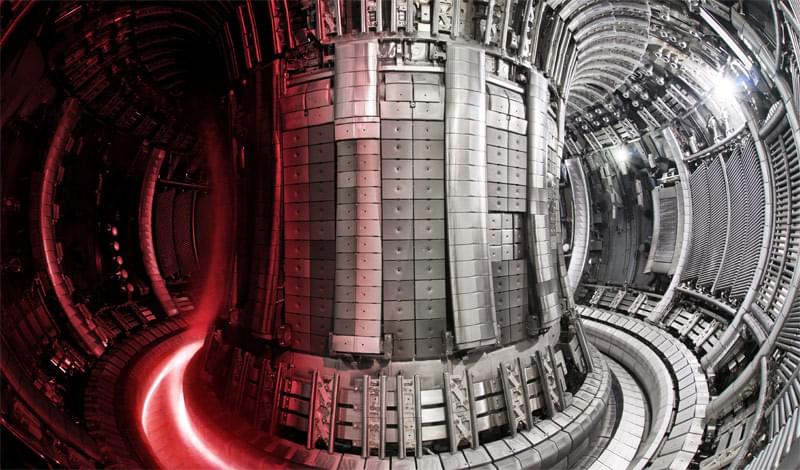The biggest breakthrough in fusion energy since 1997 has been reported today at the Joint European Torus in Oxford, UK, with 59 megajoules produced over five seconds (11 megawatts of power), more than double the previous record.



And it’s the only one of its kind we’ve seen.
An international group of astronomers discovered a previously unknown mechanism behind the massive aurorae on the poles of Saturn, a press statement reveals.
The researchers found that, unlike any other planet observed to date, Saturn generates aurorae by swirling winds within its own atmosphere, and not only from the magnetosphere surrounding the planet — as is the case on Earth.
The new discovery shows that Saturn has a truly unique aurora, and it is the only one known to truly live up to the name Aurora Borealis\.
An international group of researchers discovered a previously unknown mechanism behind the enormous aurorae on the poles of Saturn.



Waabi, a Toronto-based AI startup that came out of stealth last year, says it’s developed an advanced simulator that can train autonomous vehicles to handle nearly limitless types of driving conditions-in a virtual world-and do so faster and more thoroughly than self-driving rivals that prioritize road tests.
The Waabi World platform is more comprehensive than any used by competitors as it can more accurately mimic real-world scenarios and create the types of rare, challenging “edge cases” that occur on the road only rarely, company founder and CEO Raquel Urtasun tells *Forbes*. Learning in this elaborate virtual world is happening constantly, preparing the software to eventually drive a range of vehicles from robotaxis to semi-trucks.
It’s the “most scalable, high-fidelity, closed-loop simulator that ever existed and, we believe, the key to unlocking self-driving technology at scale,” says Urtasun, who is also professor of computer science at the University of Toronto and a past chief scientist for Uber’s autonomous vehicle team. “It’s an immersive and reactive environment that can automatically design tests for our self-driving brain, which we call the Waabi Driver, and also automatically assess the skills of the Waabi Driver. Ultimately, it can also teach the Waabi Driver to learn the skills of driving.”
Full Story:
Toronto-based Waabi says its advanced new simulator can train autonomous vehicles to handle a nearly limitless number of road conditions–and do so faster than bigger self-driving rivals that rely more on road tests.



A cloud-based repository that creates a digital fingerprint of engineered microorganisms has been successfully trialed.
An international team led by Newcastle University has launched CellRepo, a species and strain database that uses cell barcodes to monitor and track engineered organisms. Reported in a new study in the journal Nature Communications, the database keeps track and organizes the digital data produced during cell engineering. It also molecularly links that data to the associated living samples.
Available globally, this resource supports international collaboration and has significant safety advantages, such as limiting the impact of deliberately or accidentally released genetically modified microorganisms by enabling faster tracing of organisms lab of origin and design details.